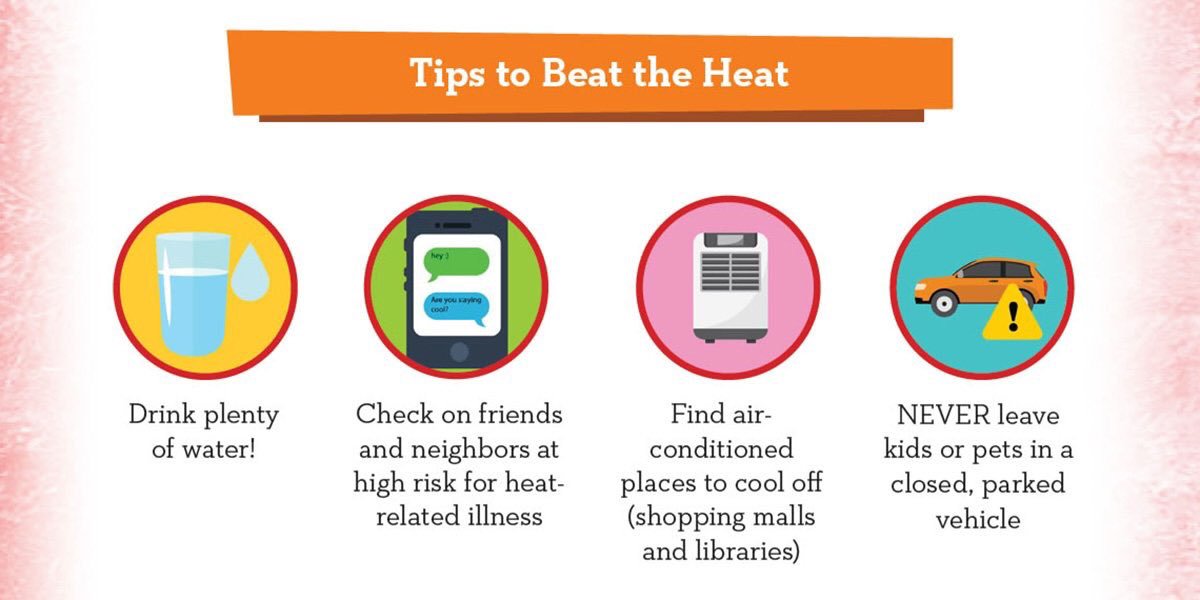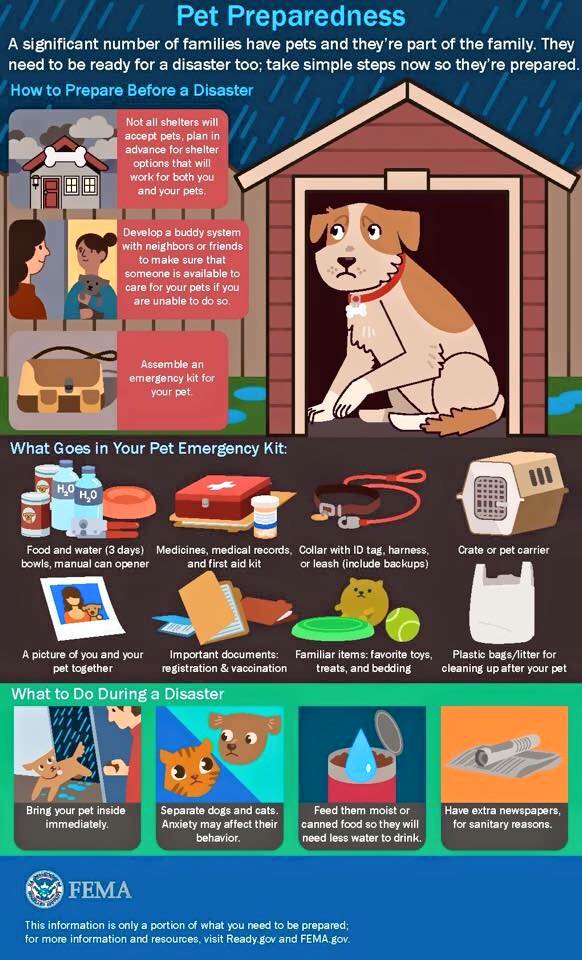September is about half over and it is a good time to review the challenge tasks for the first two weeks of the 2018 #PrepareKansas challenge. Not sure how to complete each task? Click on the links below for information related to each task.
“Make and Practice Your Plan” was the theme for Week 1. Challenge tasks include:
- Make an emergency plan, including how you will communicate with family members during an emergency
- Sign up for alerts and warnings in your area
- Practice your plan
“Learn Life Saving Skills” was theme for Week 2. Challenge tasks include:
- Install or inspect smoke alarms on every level of your home
- Learn how to turn off utilities like natural gas, water, and electricity in your home
- Build or update an emergency kit
- Get tech ready
Not sure that it is worth it to get prepared? Consider the following shared by Marcie Roth.
When disaster strikes, you may have to be able to survive on your own for 72 hours or more. You may be without access to power, transportation, or stores to buy food and basic supplies. That means each of us needs to be prepared to be our own “emergency manager.” Being prepared is not a one-size fits all set of recommendations though. Each of us needs to be prepared for our personal situations and any specific needs that we have.
Disasters happen. Time spent planning, preparing, and practicing now can to help you and your family after a disaster strikes. Click here for the complete list of this year’s challenge tasks.

 June is National Pet Preparedness month. Just as we prepare ourselves and other members of our families for emergencies, if we live with pets, we need to gather emergency supplies and make plans for our pets too. Not sure how to get started? This
June is National Pet Preparedness month. Just as we prepare ourselves and other members of our families for emergencies, if we live with pets, we need to gather emergency supplies and make plans for our pets too. Not sure how to get started? This 
